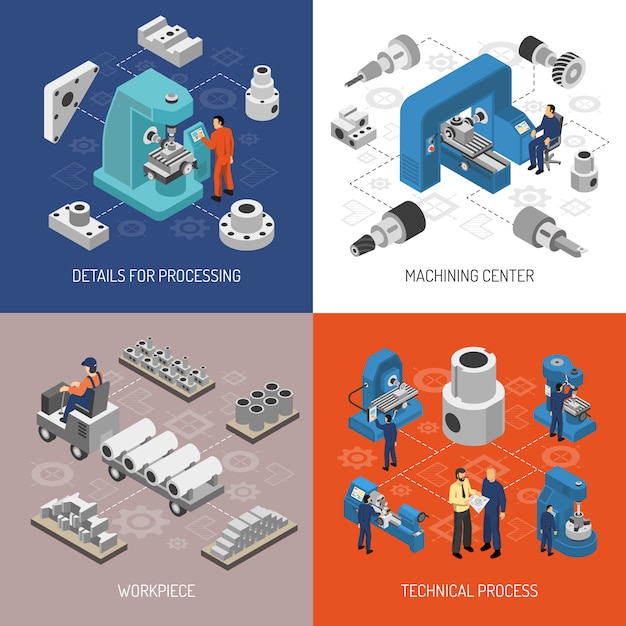Mastering Motor Control: Unlocking Infinite Possibilities

Rick Fennelly from Allegro Microsystems talks about the rise of electric motor systems and their impact on system developers.
To reduce emissions, governments worldwide, including the European Union and the USA, have introduced mandatory fuel economy standards for combustion engines. These regulations push for technological innovations, demanding higher efficiencies. This, in turn, increases the pressure on design teams and might extend development timelines.
One key strategy to achieve better fuel economy is to reduce the load on vehicle engines. Currently, only about 15% of fuel energy moves the vehicle, while the rest is lost to engine and driveline inefficiencies. Reducing this load can help engines run more efficiently, which lowers fuel consumption.
The challenge here is to maintain or enhance vehicle performance and driving experience while achieving these efficiency goals. This push has led to more electrical components replacing traditional belt-driven systems in cars. According to IHS Technology, the global market for electric motors in automotive applications is growing at an annual rate of 4.7%. Specifically, the market for brushless DC motors (BLDCs) is growing even faster at 6.3% annually from 2014 to 2019.
However, incorporating these new electrical systems presents challenges for manufacturers. These innovations require more staff and development time, leading designers to find ways to streamline the development cycle while meeting high performance standards. As a result, BLDC motor control is becoming more popular.
Take, for instance, a vehicle’s water pump, which used to be belt-driven but has now transitioned to an electric motor. This change is crucial for start-stop systems designed to boost efficiency and reduce emissions. In these systems, an electric motor moves the coolant instead of a belt-driven pump. Other systems, like hydraulic and oil pumps, also need conversion to BLDC motors for start-stop functionality.
New motor driver ICs simplify the design of BLDC motor control systems. These ICs integrate complex commutation algorithms, making the engineering process easier. Established algorithms for both sensor and sensorless BLDC motors eliminate the need for engineers to develop and validate software, helping them meet tight deadlines.
Advanced motor drivers feature built-in commutation algorithms. Engineers can use a user-friendly software interface to send parameters via USB to the chip’s memory, enabling those with no programming experience to design and validate motor systems quickly. These innovations reduce the reliance on microcontrollers, potentially allowing developers to choose less powerful, cheaper devices. In some cases, microcontrollers can be entirely eliminated, further cutting costs.
Devices with built-in sensorless trapezoidal commutation and high-power gate drives are now available. These can operate independently by incorporating closed-loop speed or torque control. They also offer comprehensive diagnostics that report back to the ECU, detailing issues like synchronization, overvoltage, undervoltage, or shorted MOSFET conditions. Fault diagnostics can be sent over a single wire via the PWM input.
The algorithms are highly programmable, offering engineers a broad range of settings to meet specific application needs.